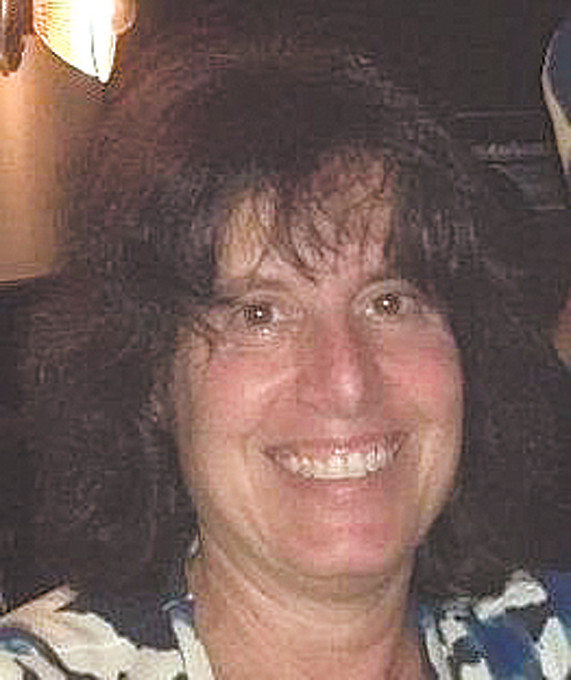Happening Haggadah
Which book is flying off Five Towns bookstore shelves and is currently #18 on Amazon’s top sellers? Ten points if you guessed The New American Haggadah!
At $29.99 list price, this 160 page hardcover is edited by Jonathan Safran Foer and translated by Nathan Englander, both award winning bestselling authors, superstars of today’s Jewish literary world. Foer invited four other brand name thinkers and writers to contribute commentary to his creation. Nathaniel Deutsch, Jeffrey Goldberg, Rebecca Newberger Goldstein and Lemony Snicket are identified respectively as House of Study, Nation, Library and Playground, and have their insights included in ten places where the reader must turn the book sideways to view them. The book is designed by Oded Ezer, with letterforms depicting what was used during the years of the timeline running across the tops of the pages.
The cover is simple, with the names of editor and translator omitted, though they are modestly found on the title page. Foer spoke of “making our best work without it being ours.” Englander says “this is not a small responsibility, translating “words of creation.” Titled simply for its place of origin, as was traditional for many well known Haggadot of the past, this is just one of about 7000 known published versions.
I took Rafi, a fan of Foer, to hear him and Englander discuss their new publication at the 92nd Street Y. The two complement each other, Foer, a thoughtful measured speaker, while Englander races through his thoughts so quickly and humorously it’s challenging and rewarding to follow.
Foer said the Haggadah represents the universality of the story of freedom and is a best selling book in the Jewish community and beyond. Passover is the holiday most celebrated by the entire spectrum of Jews. Asked what makes it so attractive cross culturally he responds by describing some of the modern day available Haggadot, from the iconic Maxwell House which has over 50 million in print to ArtScroll.
The past 34 years of his participation in seders is “always a little disappointing and (I) felt a responsibility as a writer to make it significant literarily.” Foer explains that the Haggadah appears to him as “all ellipses... invitations to converse.” He requested of the commentators only two things: to not use the first person and to end with a question.
Englander says he didn’t remove anything from the Haggadah during his translating. He says it’s dangerous to remove stuff or change the order. He doesn’t feel it’s his right to change text; his obligation is to illuminate the text with no agenda. “We can only recognize to change by seeing what was,” he said. Foer says the text is an ancient conversation and, in a local conversation, each family can decide for themselves what they want to use.
Englander grew up in West Hempstead and attended HANC. Although he grew up in an orthodox household, he calls himself “radically secular.” Despite that declaration, he is totally immersed in his Jewishness. In a comment about his latest book of short stories, What We Talk About When We Talk About Anne Frank, Englander says “Judaism is not other to me. I can’t think outside of it.” Englander spent three years studying with a havrusa preparing for translating the Haggadah to English.
When asked why there’s no transliteration, Foer responds he “doesn’t see any value in it, perhaps except for the blessings, why say words you can’t understand?” He puts emphasis on a rich English translation which is accessible, rather than reading in Hebrew out of a sense of guilt. Foer noted that “it’s never too late to learn a body of knowledge that influences you to live differently.” Having children made him want to look into his Judaism more deeply. “Judaism is an aspirational religion,” he said. “The Haggadah is an aspirational document, ending with Next Year in Jerusalem.”
Said Foer “it’s magical to think of millions of people conducting seders at the same time!”

 51.0°,
Overcast
51.0°,
Overcast 




